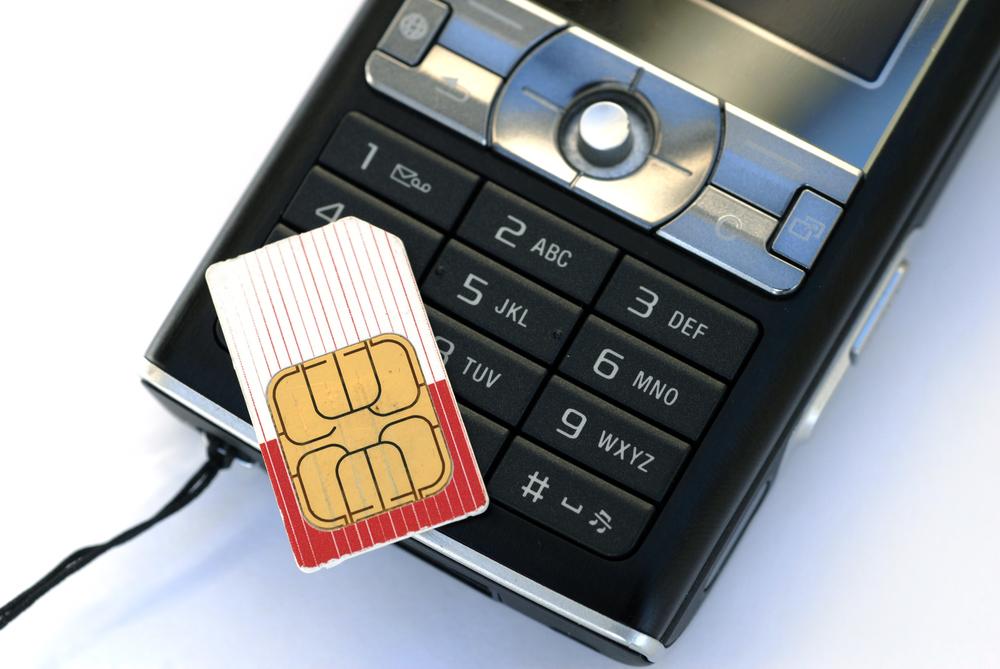Ultimate Guide to Switching Your Mobile Service Provider for Better Coverage and Savings
This comprehensive guide provides detailed steps and essential tips for switching your mobile service provider smoothly. It covers research, number porting, device compatibility, contract considerations, and practical advice to ensure a hassle-free transition, helping you find better coverage, lower costs, and improved service quality.

Comprehensive Guide to Switching Your Mobile Service Provider
Switching your mobile service provider can be a strategic move to enhance your connectivity, reduce costs, or improve customer service. Many users find themselves dissatisfied with their current plans due to high bills, limited coverage, sluggish data speeds, or unresponsive customer support. While the process might seem challenging at first glance, with proper planning and understanding of the procedures involved, you can transition smoothly from one provider to another. This comprehensive guide aims to walk you through every step of the switching process, ensuring you make informed decisions and avoid common pitfalls.
In today's rapidly evolving telecommunications industry, choosing the right provider can significantly impact your daily communication and digital experience. Whether you're switching because of better coverage, more affordable plans, or improved services, this guide details everything you need to know to make the switch effortless and beneficial in the long run.
Research and Identify Your Needs
Conduct thorough research before switching carriers. Determine what issues you are facing with your current provider – whether it's excessive charges, coverage gaps, slow data speeds, or poor customer support. Understanding these pain points helps you define what you need from your new provider. Consider factors such as network reliability, coverage area, price plans, data limits, international roaming options, and customer service quality.
Compare various service providers thoroughly. Use online comparison tools, read customer reviews, and visit provider websites to analyze your options. Pay attention not just to the advertised plans but also to hidden fees, contract terms, and promotional offers. This research enables you to identify carriers that align closely with your communication needs and budget constraints, setting the foundation for a satisfying switch.
Number Porting and Device Compatibility
One of the key considerations when switching is whether you want to keep your existing phone number. Number porting is a process that allows you to transfer your current phone number to the new carrier seamlessly. To initiate this, contact your new provider with your current account details, including your phone number and carrier account information. They will guide you through the porting process, which usually takes a few hours to several days to complete. Ensure your current phone is compatible with the new network; most modern smartphones are unlocked and support multiple carriers, but it's wise to verify compatibility beforehand.
If your current device isn't supported by the new network or is locked to your previous provider, you might need to purchase a new device. Many carriers offer various options, including installment plans and discounts, making it easier to upgrade to a newer model without a significant upfront payment. Additionally, confirm whether you need a different SIM card type or size and ensure your device is unlocked and ready for use on the new network.
Understanding Contract Terms and Fees
Before finalizing the switch, review your current contract for any early termination fees (ETFs) or other penalties. These fees can sometimes be substantial, ranging from a few hundred dollars to more. Knowing these costs beforehand helps you decide whether to negotiate with your current provider for a better deal or proceed with the switch. Some service providers offer incentives such as contract buyout programs, discounts, or credits to encourage switching, which can offset early termination costs.
When you initiate service with the new provider, expect an activation fee, which typically is minimal but varies depending on the provider. Carefully read the terms and conditions, including any promotional offers, discounts, or bundled services, to ensure you maximize benefits and minimize unexpected expenses. It's also advisable to request a detailed receipt or confirmation after switching to avoid billing discrepancies later.
Additional Tips for a Smooth Transition
To make your switch as seamless as possible, keep these tips in mind:
Backup important contacts and data before transferring services.
Ensure your new plan aligns with your monthly usage to avoid unexpected charges.
Notify your current provider in advance about your intention to switch to prevent service interruptions.
Monitor your first bill carefully to verify that charges are accurate and reflect your new plan details.
Changing mobile providers can significantly enhance your communication experience, save you money, and provide better coverage. By conducting proper research, understanding your contract obligations, and preparing adequately, you can make a switch that aligns with your needs. Remember to verify device compatibility and utilize carrier offers to minimize costs. With these steps, transitioning to a new provider becomes a straightforward process, unlocking improved services and more satisfying mobile experiences.





